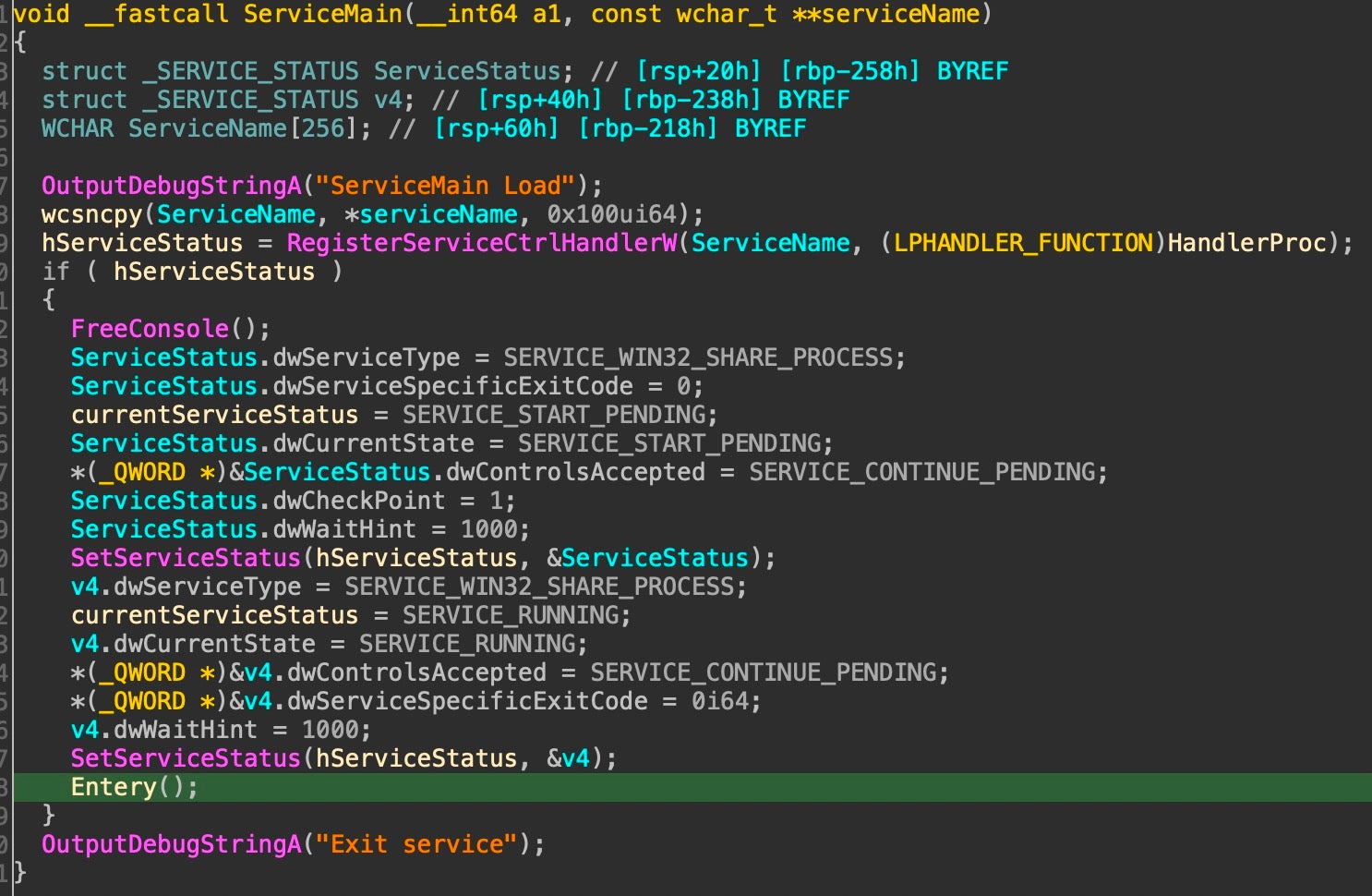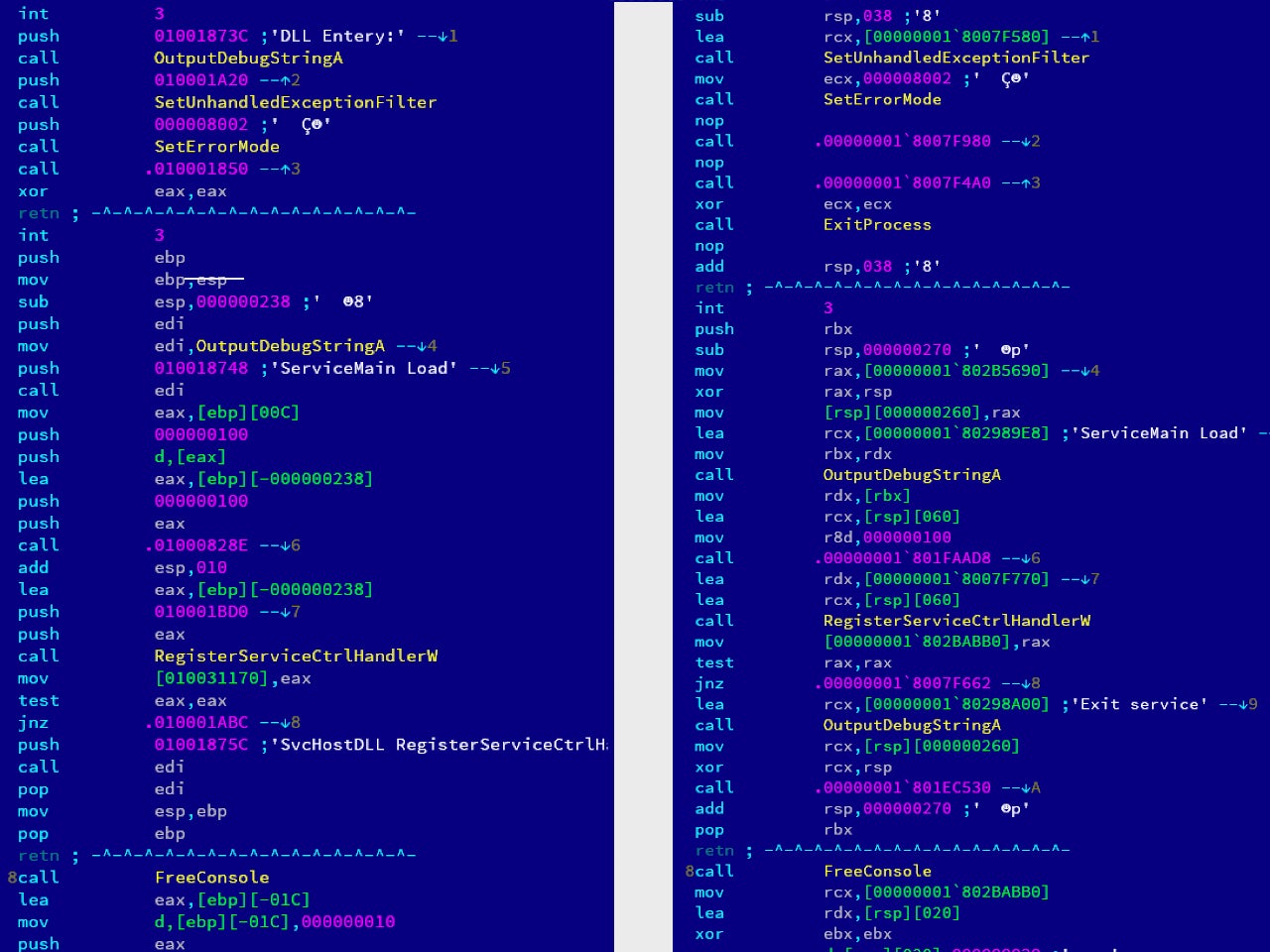Key Findings
- This research focuses on the ‘Mail-O’ malware used against the FSB and other Russian government organizations, detailed in the May 2021 FSB NKTsKI and Rostelecom-Solar report.
- Early armchair commentary presumed that given the targets, this attack would undoubtedly be the work of a Western government, Five Eyes, or the United States.
- Our analysis disproves that hypothesis.
- Instead, we present the argument that the Mail-O malware is a variant of a relatively well-known malware called PhantomNet or SManager used by a threat actor ‘TA428’
- Previous reporting on TA428 points to Chinese origin and details a history of attacks against South East Asian and Russian targets.
Actor Disambiguation
Related actors: TA428, suspected IronHusky
Related operations: Operation SignSight, Operation LagTimeIT
Related malware: PhantomNet, SManager, TManger, CoughingDown
In May 2021, the Russian Federal Security Service’s National Coordination Center for Computer Incidents (NKTsKI) in coordination with Rostelecom announced that several Russian government institutions had been victims of an APT campaign. While the Russian government has made a similar announcement before, it’s the first time they’ve accompanied it with a moderately detailed technical analysis. Several researchers, myself included, jumped on the opportunity to write our YARA rules and hope for a glimpse at the culprit.
The InfoSec twitterverse needed no such artifacts as blind speculation immediately pointed at a Western government, Five Eyes, or the United States as de facto culprits. I think we’ll be relieved to find out that was most likely not the case – if solely because we’ve come to expect a higher standard for Western malware development.
Initial attempts to find the samples were fruitless but that changed this past weekend as some kind soul (or more likely a bulk autosubmitter) uploaded a copy of the ‘Mail-O’ malware to VirusTotal. We track this activity under the name ‘ThunderCats’.
Technical Analysis
SHA256 603881f4c80e9910ab22f39717e8b296910bff08cd0f25f78d5bff1ae0dce5d7 SHA1 b7c1ec9484c4c2dcd01f861eeaa3b915c3e3312e MD5 d58b95f8413f784552d7fdadbb621243 Size 2.82 MB Compilation Timestamp 2019-12-20 02:13:01 First Submitted 2021-06-05 05:22:04
In line with the findings of the NKTsKI-Rostelecom report, the Mail-O malware acts as a downloader with a thin veneer of similarity to the legitimate Mail.ru Disk-O software. The disguise consists of a version number (“19.05.0045”) lifted from a legitimate Disk-O executable and the use of a real Mail.ru to post victim details and host a next stage payload.
The executable is bulked up to 2.8MB by statically linking both libcurl 7.64.1 and OpenSSL. Focus becomes important to avoid going down a pointless rabbithole of reversing unrelated open-source code. For that reason, we should focus primarily on the exported functions.
The Mail-O malware exports two functions, Entery and ServiceMain:

Mail-O: ServiceMain

ServiceMain takes a service name as an argument and attempts to register a service control handler with a specific HandlerProc function meant to check and set the status of that service. With a valid service status handle, Mail-O detaches the calling process from its console, changes the service status values to reflect its current running state, and calls the Entery function. Note the ServiceMain function with the debug string “ServiceMain Load” – a template that comes into play in looking for connections to other malware.
Mail-O: Entery
The Entery function is called at the end of ServiceMain, but it can also be independently invoked. It checks for the presence of ‘%AllUsersProfile%PSEXESVC.EXE’ and launches it as a process. This function is registered as a top level exception filter.

The main Entery logic is orchestrated in the next function. First, Mail-O checks the registry for an existing install of the legitimate Mail.Ru Disk-O software. It decrypts configuration strings and contacts https://dispatcher.cloud.mail.ru/.
Mail-O uses the SystemTime to POST the encrypted victim hostname (or in its absence the string “[none]”) and receive a payload. The payload is written to a temporary path before being launched. Mail-O then goes into a sleep loop until a predetermined amount of time.
We’ve yet to see ‘Webdav-O’, the other malware component described in the Rostelecom-Solar report. However, that shouldn’t keep us from following an interesting lead.
The ‘Entery’ Connection

Left: TManger sample (NTT Security)
71fe3edbee0c27121386f9c01b723e1cfb416b7af093296bd967bbabdc706393
Right: Mail-O sample:
603881f4c80e9910ab22f39717e8b296910bff08cd0f25f78d5bff1ae0dce5d7
Mail-O exports a function called Entery, presumably a misspelling of ‘Entry’. Misspellings are a true gift for malware researchers. As it turns out, this isn’t the first time that misspelling has been noted in a recently deployed piece of malware.
In December 2020, Ignacio Sanmillan and Matthieu Faou released an excellent report on a Vietnamese supply-chain attack that used PhantomNet (aka SManager) malware. The researchers noted that the malware’s persistence was established via a scheduled task that called the malicious DLL’s export, ‘Entery’. The researchers note that this same export was pointed out by NTT Security in their analysis of TManger malware, which they in turn correlate with Proofpoint’s ‘TA428’ threat actor. That nondescript threat actor name is adopted by Dr. Web in reporting recent attacks against additional Russian targets including research institutes.
While that might all seem a bit convoluted, I rehearse the logical connections to illustrate two points:
- There’s an established history of this very non-Western ‘threat actor’ in targeting both Asian and Russian targets.
- These presumably Chinese clusters of activity are confusing and difficult to disentangle. Tooling is likely shared among multiple threat actors (likely including PhantomNet/SManager), and what’s being referred to as ‘TA428’ is probably an amalgam of multiple threat groups.
For skeptics, we’ve provided a YARA rule below for the Entery overlap, which entails not just the export function name but also the general layout of the function and some shared strings. Note that the layout has likely developed iteratively from an open-source template.
Finally, while I’m quick to disparage the quality of the malware as not up to some exalted Western standard, it’s important to note that ThunderCats (and the larger TA428 umbrella) are pulling off custom-tailored region-specific supply chain attacks, successfully punching way above their weight in their intelligence collection efforts, and they should not be underestimated as an adversary.
YARA
import "pe"
rule apt_CN_ThunderCats_Overlap
{
meta:
desc = "Thundercats Entery Export Overlap"
author = "JAG-S @ SentinelLabs"
version = "1.0"
last_modified = "06.08.2021"
reference = "https://rt-solar.ru/upload/iblock/b55/Ataki-na-FOIV_otchet-NKTSKI-i-Rostelekom_Solar_otkrytyy.pdf"
strings:
$psexesvc = "%AllUsersProfile%PSEXESVC.EXE" ascii wide
$sm_load = "ServiceMain Load" ascii wide fullword
condition:
uint16(0) == 0x5a4d
and
pe.exports("Entery")
and
pe.exports("ServiceMain")
and
all of them
}
References
https://www.bbc.com/news/world-europe-36933239
https://www.reuters.com/technology/russias-fsb-reports-unprecedented-hacking-campaign-aimed-government-agencies-2021-05-26/
https://rt-solar.ru/analytics/reports/2203/
https://st.drweb.com/static/new-www/news/2021/april/drweb_research_attacks_on_russian_research_institutes_en.pdf
https://www.welivesecurity.com/2020/12/17/operation-signsight-supply-chain-attack-southeast-asia/




